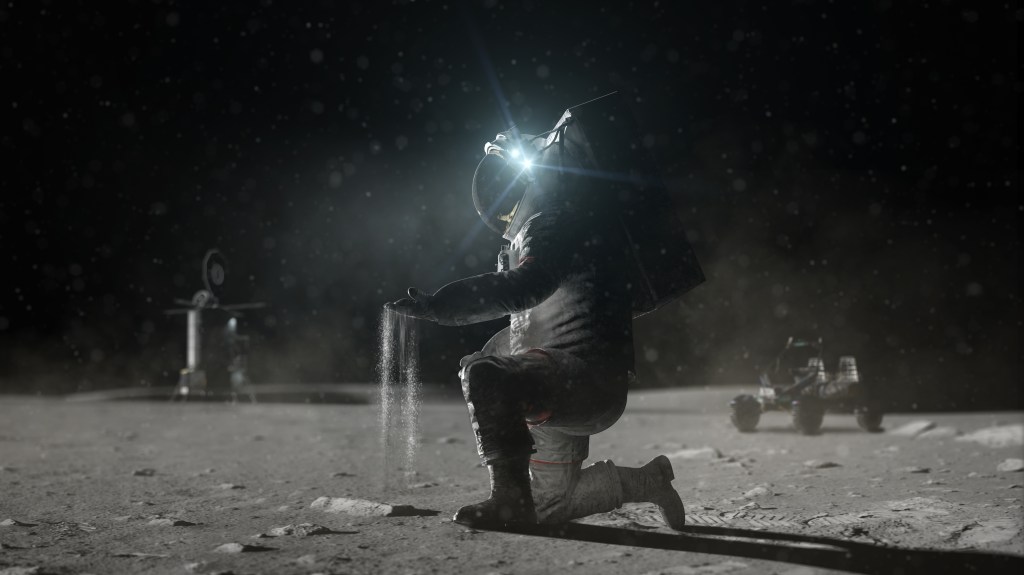This is part five of a five-part series detailing personal accounts of NASA Glenn’s Cassini Mission launch team.
Since entering Saturn’s orbit on June 30, 2004, Cassini has provided never-before-seen imagery and copious amounts of data from Saturn and its moons; revealing the mystery and beauty of these distant worlds and opening the door for potential future missions back to Saturn or its moons.
“It’s kind of a bittersweet topic for me,” said Scott Graham, now the associate director of NASA Glenn’s Space Flight Systems Directorate. “It’s been very remarkable from the standpoint that Cassini not only orbited Saturn, but it carried a secondary payload, the Huygens probe, that touched the surface of Titan. To know that all of that was launched on Centaur, and Glenn’s involvement with that launch, and all of the work that led up to that mission, is a source of pride for all of us here. It is also kind of neat to think that this is a planned end of mission for Cassini versus something bad or unexpected happening to the spacecraft. It’s a deliberate decision to end the mission this way and, like it has done for years, Cassini will beam valuable data back until the very end.”
“I’ve kept tabs on Cassini from the time it launched through Huygens until now,” said Glen Horvat, who now serves as chief engineer for NASA Glenn’s Space Flight Development. “It’s really rewarding to know that something you helped launch is still up there nearly 20 years later and still making incredible discoveries.”
“This mission has returned a tremendous amount of data that we’ve never had before on not only Saturn, but its moons,” said Joe Nieberding, who retired from NASA in 2000. “To have that spacecraft operating for as long as it has, is a remarkable accomplishment for everyone involved, and I’m sure it has rewritten the science of Saturn. So, I feel very lucky to have been able to work on this program and this launch.”
“I’ve followed the mission because I participate in public speaking engagements as a member of our speaker’s bureau,” said Craig Williams, who continues to work on launch vehicle design and planning for NASA Glenn. “Cassini is one of my favorite talks because it’s such an exciting mission and it has delivered much more than it promised. It was Glenn’s last launch, so there’s this special tie to the Cleveland area and everyone always wants to hear about it. It’s a very easy topic to get people excited about because they love the images and hearing about NASA exploring other worlds.”
“To have been one of the people who participated in an activity that was the first of its kind in the exploration of space, and one where all participants had an important role, was one of the most positive accomplishments of my career,” said Heinz Wimmer, who retired from NASA in 2000 after 34 years of service.
As the Cassini story comes to a close, it represents so much more than the science it has returned. It’s the culmination of our desire to explore, of decades of work and of future endeavors to distant worlds. Cassini’s finale means so much to NASA personnel, both current and retired, and it will always hold a very proud, yet bittersweet place in the heart of NASA Glenn.




























